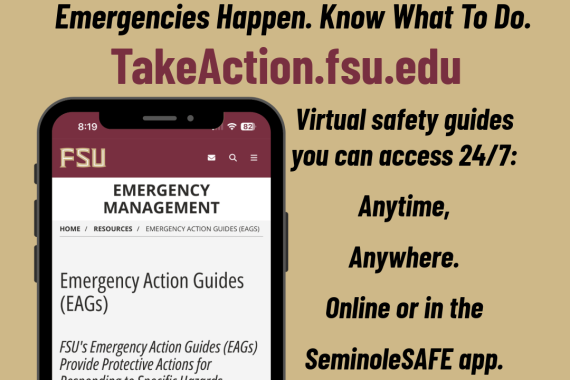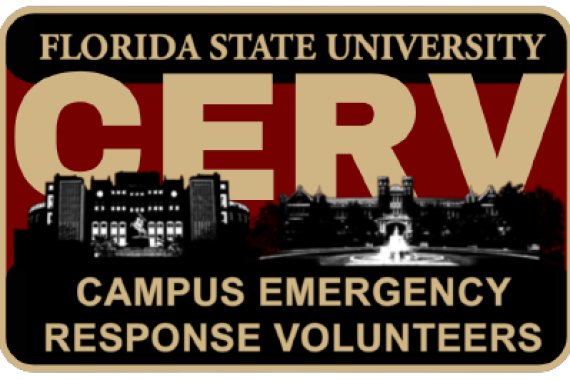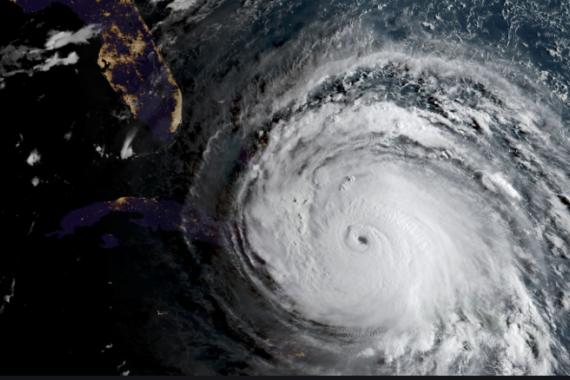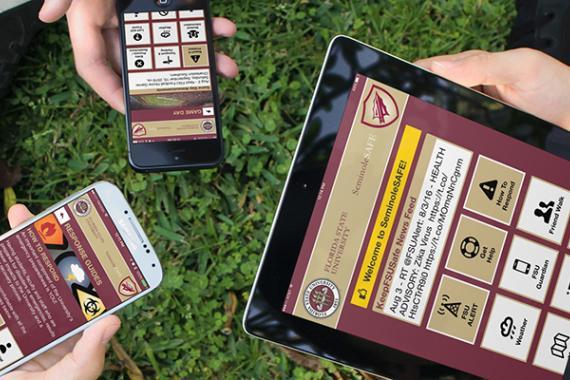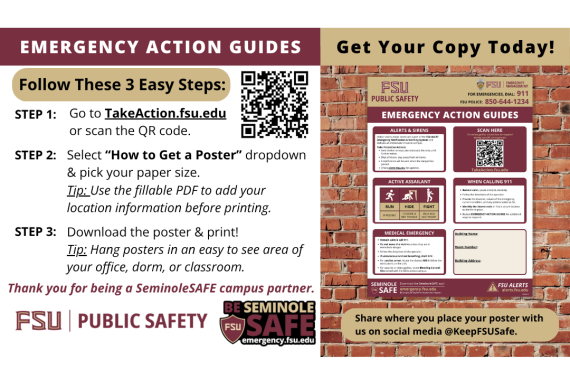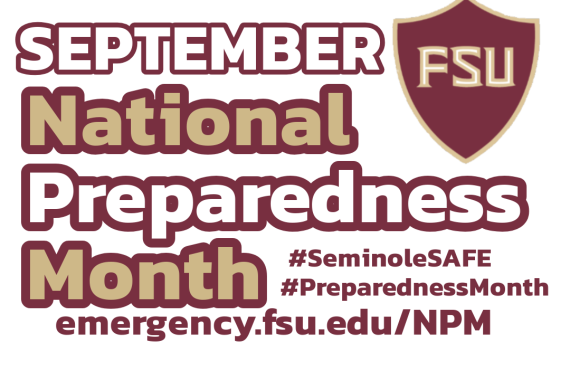What To Do During Extreme Cold
Dress appropriately
If you must go outside, wear several layers of loose-fitting, lightweight, warm clothing rather than one layer of heavy clothing. The outer garments should be tightly woven and water repellent.
Keep dry
Avoid getting your clothes wet as much as possible. Change wet clothing, including through perspiration, frequently to prevent a loss of body heat. Wet clothing loses all of its insulating value and transmits heat rapidly.
Know the signs of frostbite
Frostbite occurs when the skin and body tissue just beneath it freezes. Loss of feeling and white or pale appearance in extremities, such as fingers, toes, earlobes, face, and the tip of the nose. What to do: cover exposed skin, but do not rub the affected area in an attempt to warm it up. Seek professional medical attention.
Know the signs of hypothermia
Hypothermia occurs when body temperatures get dangerously low. Symptoms include uncontrollable shivering, memory loss, disorientation, incoherence, slurred speech, drowsiness, and apparent exhaustion.
What to do if you believe someone is suffering from hypothermia
If symptoms of hypothermia are detected take the person’s temperature. If it is below 95°F, seek medical attention immediately. Get the victim to a warm location. Remove wet clothing. Warm the center of the body first by wrapping the person in blankets or putting on dry clothing. Give warm, non-alcoholic beverages if the victim is conscious. Seek professional medical help immediately.
Frozen or burst pipes
If a burst pipe is resulting in significant water flow that poses an immediate risk of significant damage or injury to others, call 911 or FSU Police at 850-644-1234 immediately. Otherwise, if the pipes freeze or burst on campus call Facilities immediately at 850-644-2424. In an FSU Residence Hall, contact the Front Desk immediately. If you rent off campus, contact your landlord. If you own your own property, consider calling a plumber or handyman for professional assistance.
Keep the heat on
If you will be going away during cold weather, leave the heat on in your home, set to a temperature no lower than 55°F.
Beware of carbon monoxide poisoning
Do not use charcoal or other fuel-burning devices, such as grills that produce carbon monoxide, indoors. Install at least one carbon monoxide detector per floor in your home. Know the signs and symptoms: headache, dizziness, nausea, convulsions, increased heart rate, unconciousness. If you suspect carbon monoxide poisoning, move everyone outdoors immediately and call 911 for fire and medical assistance.
Practice fire safety
- Many people become alarmed on campus and at home the first time heaters are turned on because months of dust collection on the heat strips and coils burns of, emitting a burning smell and possibly even tripping fire alarms. This is a normal occurrence.
- Fireplace and wood stove users should have their chimneys inspected and cleaned if they have not done so in recent years, especially if you burn wood.
- Cold temperatures bring the popular use of candles. Candle use on campus requires approval from EH&S and the Fire Marshall.
- The use of space heaters on campus is closely regulated. Contact Environmental Health & Safety for details.


